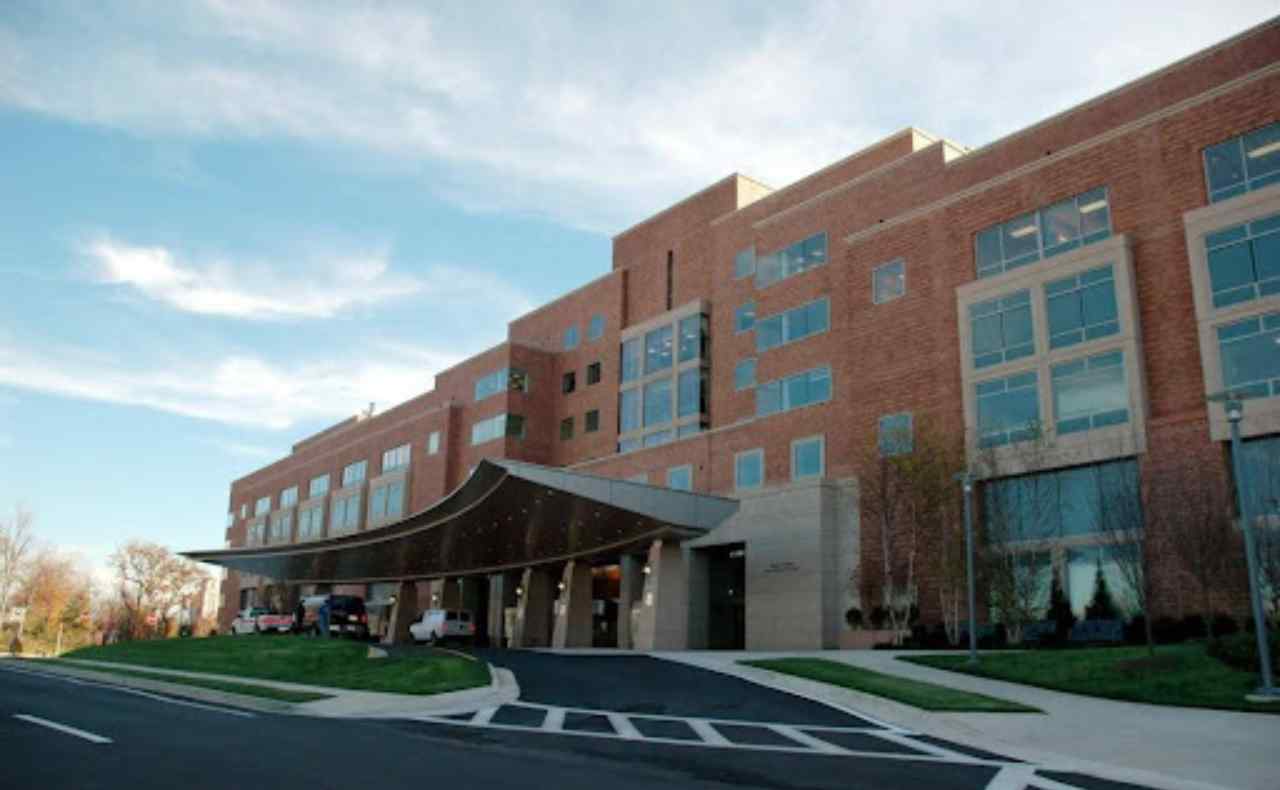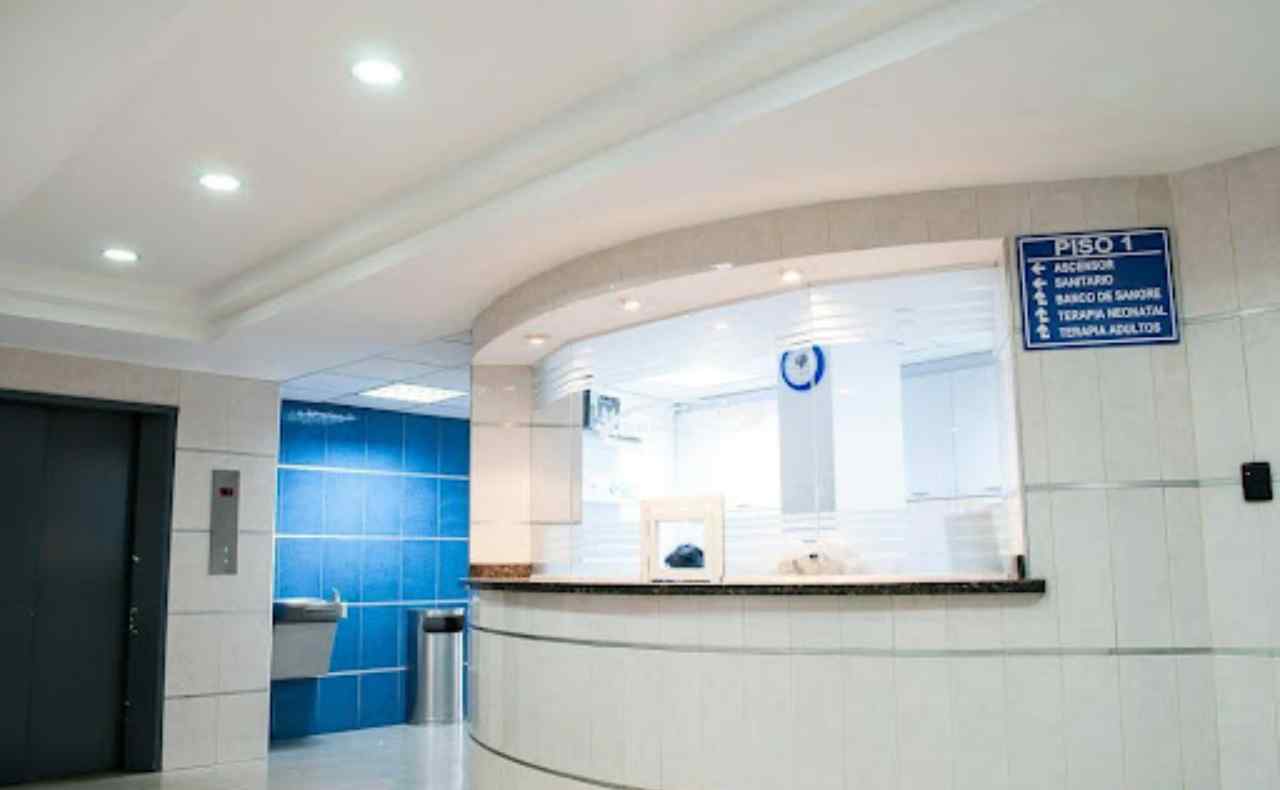Running an organized, efficient hospital is a multifaceted challenge that requires meticulous planning, strategic resource management, and unwavering dedication to patient care. The complexity of hospital operations is often underestimated, yet the smooth functioning of these institutions is crucial for the health and well-being of the communities they serve. From managing capital medical equipment to ensuring that staff are well-trained and patient care is of the highest quality, every aspect needs to be coordinated like a well-oiled machine. Here’s a closer look at what it takes to run an organized, efficient hospital.
Table of Contents
Strategic Resource Management
Effective resource management is the cornerstone of any well-run hospital. This not only includes the management of human resources but also the optimal utilization of capital medical equipment. These high-value assets, such as MRI machines, CT scanners, and other diagnostic tools, represent a significant investment for any healthcare institution. Ensuring they are used efficiently and maintained properly can not only improve patient care but also enhance the hospital’s financial health. Sophisticated inventory management systems and predictive maintenance schedules are just a couple of strategies that can be employed to manage these critical resources effectively.
Moreover, resource management also involves ensuring that supplies and equipment are available when needed, without incurring excessive inventory costs. This requires a delicate balance and often involves the use of advanced forecasting and procurement strategies.
Efficient Operational Processes

The heartbeat of a hospital is its operational processes. From admission to discharge, every step should be streamlined to ensure efficiency and patient satisfaction. One aspect that is often overlooked is the logistical support needed to keep the hospital running smoothly. For instance, the decision to lease a box truck for transporting supplies, equipment, or even patients between different parts of the hospital campus can have a significant impact on operational efficiency. Such logistical considerations, although seemingly minor, can greatly enhance the agility and responsiveness of a hospital.
Furthermore, the integration of technology in operational processes, such as electronic health records and automated patient monitoring systems, plays a pivotal role in reducing errors and improving patient care outcomes.
Quality Patient Care
At the core of every hospital’s mission is the provision of quality patient care. This encompasses not only the medical treatment patients receive but also their overall experience within the hospital. A patient-centric approach that focuses on individual needs and preferences is essential. Training staff to deliver compassionate care and ensuring that patient dignity is respected at all times are fundamental aspects of this.
In addition, hospitals must continuously strive to improve the quality of care through evidence-based practices and by staying abreast of the latest medical research and technological advancements.
Staff Training and Development

The competence and dedication of staff are what truly bring a hospital’s mission to life. Continuous training and professional development are crucial to ensure that the hospital staff, from doctors and nurses to administrative and support personnel, are equipped with the latest knowledge and skills. This not only improves the quality of patient care but also contributes to employee satisfaction and retention.
Creating an environment that encourages ongoing learning and growth also fosters innovation, as staff feel empowered to contribute ideas for improving patient care and operational efficiency.
Compliance and Risk Management
Ensuring compliance with healthcare regulations and managing risks effectively is non-negotiable in the healthcare industry. Hospitals must navigate a complex web of legal and regulatory requirements, all while maintaining the highest standards of patient care and data protection. This requires robust compliance programs and proactive risk management strategies.
Investing in comprehensive training programs, conducting regular audits, and fostering a culture of transparency and accountability are some of the ways hospitals can ensure compliance and manage risks effectively.
Also Read: The Need For Custom Software Development for a Healthcare Sector
Conclusion: The Heartbeat of Healthcare
Running an organized, efficient hospital is no small feat. It requires a symphony of well-coordinated activities and processes, with each component playing a critical role in the overall performance of the institution. From managing capital medical equipment and operational logistics to ensuring the delivery of high-quality patient care and fostering a culture of continuous improvement, every aspect must be meticulously planned and executed. The dedication and hard work of the individuals who manage and staff these institutions are what keep the heartbeat of healthcare strong and resilient. Their unwavering commitment to excellence is what truly makes a hospital not just a place of healing, but a beacon of hope in the community it serves.









